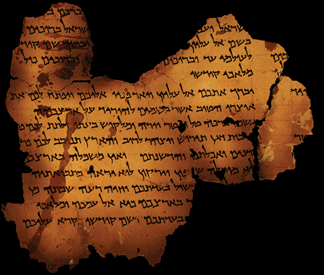
- Professor: Tracyteach Times
Reading Moses Seeing Jesus. The early church wrestled with identity issues from a completely different perspective.
Since the messianic faith was Jewish, the challenge came when Gentiles were added
to the early messianic community. The very first church council (Acts 15) dealt with
how Gentiles fit into an essentially Jewish faith and culture. They concluded that
Gentile believers do not have to keep the Law (though many Gentile Christians today
are sincerely wondering whether or not their love for the Jewish Savior ought to be
expressed by observing the Law).

- Professor: Dr. Conny Williams
The beginning of Midrash is asking questions. This course teaches you how to ask them properly in accordance with Torah. Midrash as a collection written in the first millennium as well as a generic reference to the levels of hermeneutics.

- Professor: Dr. Conny Williams
Discovery and interpretation of the legendary Dead Sea Scrolls. The student will become familiar with the content and the interpretation of the Dead Sea Scrolls.

- Professor: Leandra Henderson
The Talmud is a collection of tractates that home the Mishna and the Gamara.?? The Mishna is the Oral Torah, that which was spoken to Moses (Rhema).?? The Gamara is the commentary and teachings of the sages on the Mishna text.?? The Talmud is compared to a sea (yam ha-Talmud) for many reasons:?? The Talmud is as massive and as deep as a sea.?? Like the sea, much of the Talmud is hidden from the eye, beneath the surface. Ironically, the sea is both a source of life and of nourishment and a dangerous, forbidden place.??

- Professor: Dr. Conny Williams
Introduction to the Hebrew Alep-Bet, some Grammar, the Shema and Vocabulary.
This course requires a text book, workbook and attendance or live streaming.
This course covers lesson 1-6 and is a requirement for the Master and Doctoral Degree of any kind.
